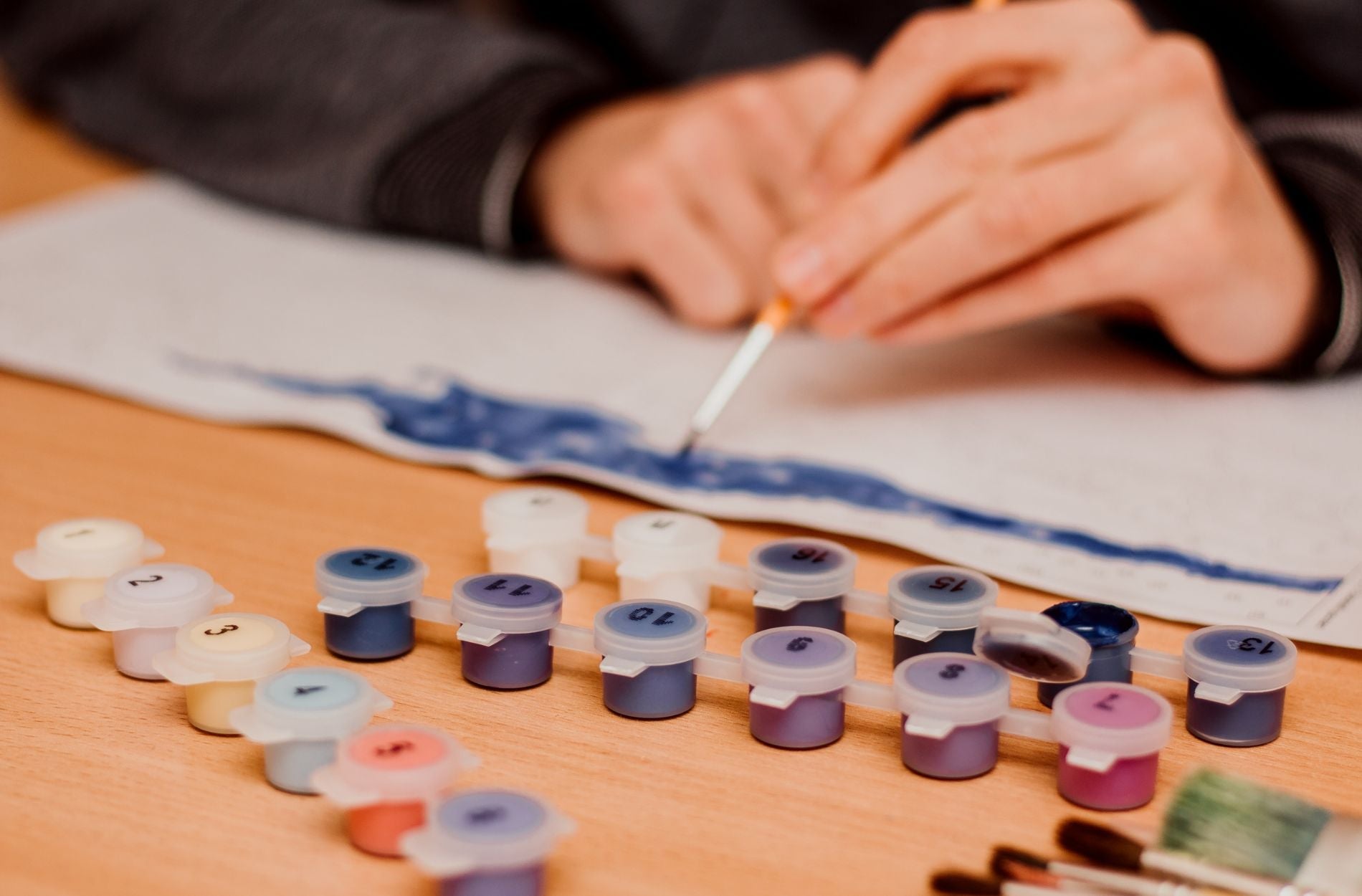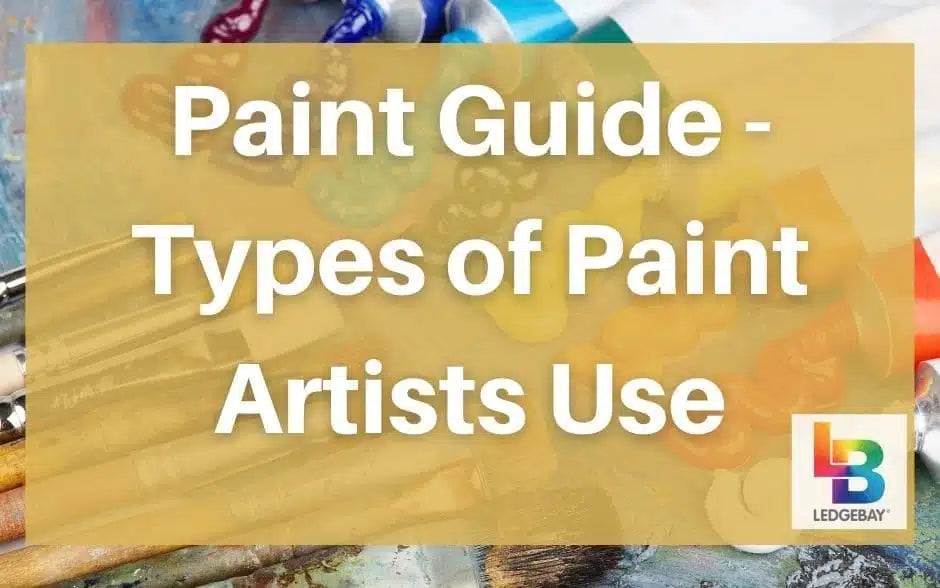When you sit down to work on your paint-by-numbers set, especially during the long, warm days of summer, you probably expect it to be relaxing and fun. But it’s tough to stay in the zone when your paint seems to dry faster than you can use it. You dip your brush, start filling in a space, and the next thing you know, it’s tacky or crusty before you've even finished the section. That can throw off your flow and mess with the final look of your canvas.
Fast-drying paint is one of the more frustrating issues people run into with paint-by-numbers kits, especially for adults who are trying to unwind or learn something new at their own pace. Whether it’s the heat, the setup, or the product itself, paint that dries too quickly can make the whole project more stressful than soothing. The good news is, you can take simple steps to slow things down without replacing your whole setup or losing interest in the hobby. Here's a closer look at what’s really going on when your paint dries too fast and what you can do to fix it.
Understanding Why Paint Dries Quickly
Before you try to fix the issue, it helps to understand what’s causing it in the first place. One common reason paint dries too fast is the environment around you. If you're painting indoors during the summer, warm air and low humidity will speed up the drying time. Add a fan or some strong sunlight, and the paint can start drying on your brush or palette before it ever reaches the canvas.
Temperature has a big effect on how long paint stays workable. A warm room causes the paint to evaporate faster, which means you don’t get much time to smooth it out or correct any mistakes. On top of that, if the room’s humidity is really low due to AC or dry summer air, the water in acrylic paint vanishes even faster.
Speaking of types of paint, that matters, too. Most paint-by-number kits for adults use acrylic paint. It’s water-based and known for drying quickly, which is great in most cases. But sometimes it dries quicker than expected. Oil paints, on the other hand, stay wet for much longer but aren't usually included in kits because they require more tools and space. So if you’re using standard acrylics in a kit, you’ll likely run into this issue, especially in the summer.
To sum it up, here are the main reasons your paint may be drying too fast:
- High indoor temperatures from warm weather or heating systems
- Low humidity, common in homes with AC or dry climates
- Direct sunlight or strong lighting hitting your painting area
- Drafts from open windows or running fans
- Using acrylic paint, which naturally dries faster than other types
Now that you’ve got a better idea of why it’s happening, let’s look at some ways to make your painting environment more manageable.
Adjusting Your Painting Environment
One of the fastest ways to slow down paint drying time is by making small changes to the room you're working in. You don’t need to revamp your entire space. Just shift a few things around to keep your paint from turning sticky too soon.
For starters, take a look at your temperature and airflow. Is the room really warm or dry? If so, consider painting in the morning or early evening when things are cooler. If you’re using an AC or a fan, try not to let it blow directly on your canvas or palette. That moving air speeds things up more than you'd expect. Keeping your space at a moderate temperature with gentle airflow makes a noticeable difference.
Humidity is another big one. Paint dries much faster in dry environments. If the air in your house feels dry or you notice your lips or skin get dry often, it’s likely your paint is drying out faster, too. Plugging in a small humidifier near your painting area can add some moisture to the air and extend your paint’s open time. Don’t have one? Even placing a few open bowls of water around your table can help, especially in smaller rooms.
Here are a few more room-related tips to improve your painting setup:
- Avoid direct sunlight on your painting surface
- Keep your blinds or curtains closed during peak sunlight hours
- Choose a well-lit space, but stick with soft natural light or cool-tone LED lamps
- Keep lids on your paint pots as much as possible when you're not using them
- If you take breaks, cover your palette gently with plastic wrap to hold in the moisture
Picking the right space to paint isn't just about comfort. It plays a big role in how well your paint-by-numbers set performs, especially when it's full of quick-drying acrylics on a hot summer day. With small tweaks, you can get your paint to stay workable longer, giving you more control and a smoother painting experience.
Painting Techniques to Slow Drying Time
Once your workspace is set up for comfort and control, it’s time to look at how you handle your paints while working. Some small tweaks in technique can go a long way when it comes to keeping your acrylics from drying out too fast.
One of the easiest things you can do is use a stay-wet palette. These are designed to hold moisture longer so your paint stays workable. If you don’t have one, you can make something similar using a shallow container with a damp sponge on the bottom and parchment paper on top. This helps keep your paints from drying the moment you scoop them out.
Working in smaller chunks instead of spreading paint all across the canvas also helps. When you take on little sections at a time, your paint doesn’t sit out as long, which lowers the chance of it drying before you finish. It also gives you better control over edges and details, which leads to a cleaner final piece.
Here are a few more ways to stretch your painting time:
- Lightly spray your palette with water using a fine mist bottle every 15 to 20 minutes
- Avoid squeezing out more paint than you'll need within 10 to 15 minutes
- Blend in a small amount of slow-drying additive or retarder when mixing colors
- Use a damp brush rather than a dry one for better paint flow and moisture
- If your paint starts drying on the canvas, re-wet the surface lightly with a clean brush or damp sponge before layering more paint
One painter shared how painting in the garden during a warm weekend caused frustration until they started misting their palette and sections of the canvas between strokes. That simple change was all it took to get hours of smooth painting time without rushing to apply each color.
Slowing drying time isn’t about making painting take longer. It’s about keeping things manageable, especially with paint-by-numbers sets for adults where you’re usually working with small sections and detailed outlines. These techniques help make painting feel smoother and more enjoyable from start to finish.
Proper Paint Storage And Preparation
How you store and prepare your paints can affect their drying speed more than you might think. Paint that’s been left unsealed or exposed to air will dry out faster once it hits the canvas. It also gets thick and hard to spread, making it more likely to dry mid-brushstroke.
First, check your paint lids every time you finish painting. Make sure they’re sealed tightly. A good habit is to wipe the rim of the container before closing it to prevent buildup and create a stronger seal. If you’re using kits with smaller paint pots, flipping them upside down before storage can help reduce the formation of dry film on top, as long as they’re tightly sealed.
Prepping your paint before you start matters too. If you know the day will be hot or dry, add just a drop or two of water or a compatible paint retarder and mix before getting started. This slightly thins the paint and gives you added time to work. The same goes if you’re planning a longer session and want to pour out several colors in advance. Prep them in small batches and refresh them as needed.
To keep your paint fresher and workable longer, try these tips:
- Store paint containers in a cool, closed cabinet away from heaters or direct sunlight
- Use a palette with a lid if you plan to return within the same day
- Never leave paint pans or cups open for more than a few minutes at a time
- Label your mixed colors with a date if you plan to reuse them
- Don’t mix large batches of paint unless you’ll use them in one sitting
Taking a few extra minutes to prepare can save you the time you'd otherwise spend fixing dried-out patches or clumpy paint. Simple habits like this help keep your paint usable and your creative time frustration-free.
Enjoying the Warm Weather Without the Rushed Painting
Dealing with paint that dries too quickly can take the joy out of your creative time. But when you adjust your environment, practice helpful painting habits, and use a smart storage plan, you’ll stay in control. You won’t have to constantly pause to rewet your brush or scrape paint from dried-out palettes.
Summer can be one of the best seasons to work on paint-by-numbers sets for adults if your space is prepped right. Just a few small changes can help keep your paint more fluid and your painting experience more relaxed. With better paint handling and fewer hiccups, you get to spend more time filling in those numbered spaces and enjoying the process.
Painting is one of those quiet, repeatable joys that people often return to when life gets busy. The easier it feels, the more you’ll want to keep at it—and maybe even finish that kit that’s been in the drawer for months. Slower-drying paint, better consistency, and less stress mean your creative time gets to be just that: creative.
If you've found these tips helpful and are ready to enjoy more relaxing painting sessions, explore our collection of paint-by-numbers sets for adults. Ledgebay offers plenty of creative options to match your mood and help you unwind, making your next project a great way to slow down and enjoy the moment.











